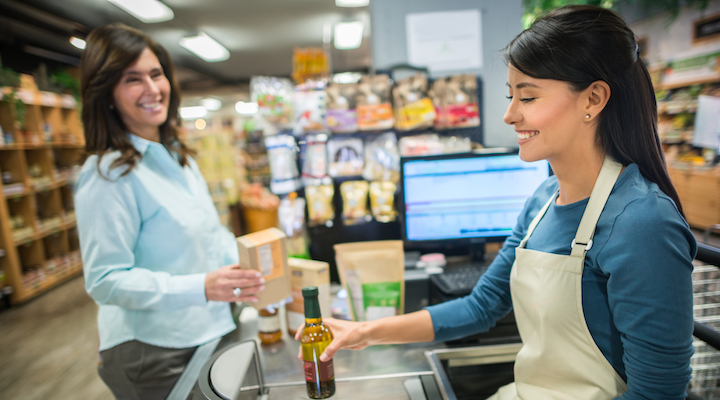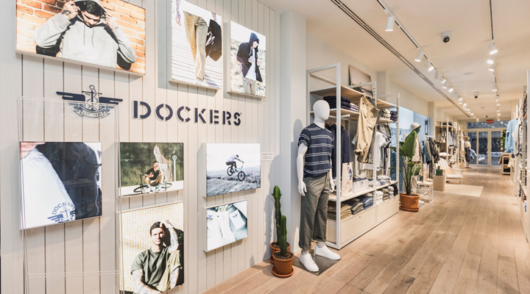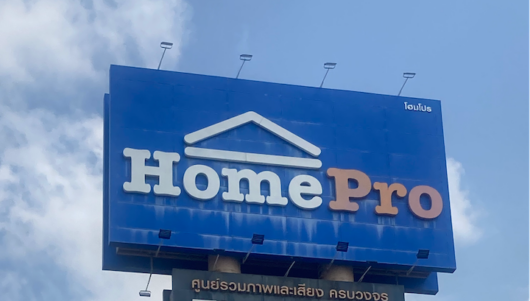The barcode is ubiquitous, found on every packaged product, from groceries and toiletries to pharmaceuticals and electronics. It is the silent but essential identifier of products that have revolutionised how we shop, sell, and transport goods. Without it, the modern global supply chain would be unimaginable.
The barcode was initially developed to improve the checkout experience and inventory management in the grocery sector and it is now used in almost every industry and sector. Its ability to facilitate the tracking and tracing of products and information has enabled companies to streamline their operations, reduce costs, and improve their bottom line.
However, the barcode’s potential goes beyond just improving efficiency and profitability. It also has a critical role in ensuring product safety and quality. The barcode’s ability to provide detailed product information and traceability has led to significant improvements in food safety and recalls. In the pharmaceutical industry, the barcode is used to prevent medication errors and ensure that patients receive the right medication at the right time.
The barcode has also been instrumental in promoting sustainability in the supply chain. Improving traceability and transparency has helped companies reduce waste and improve their environmental footprint. For example, in the food industry, barcodes have enabled retailers to reduce food waste by accurately tracking product expiration dates and removing out-of-date products from the shelves.
The evolution of the barcode has also led to the development of 2D barcodes. These barcodes, which can store much more data than traditional 1D barcodes, have opened up new possibilities for product identification and traceability. 2D barcodes are now being implemented on food, pharmaceutical, and other products worldwide, providing even more information and traceability than traditional barcodes. They can encode a wide range of information, from web links and date codes to recall notifications and GS1 Digital Links that connect products to consumers in the digital world.
“The world has changed and so has the way that we do business. GS1 recognises the changes taking place globally and developed 2DBarcodes to support this change,” says Maria Palazzolo, CEO at GS1 Australia.
The rise of mobile technology and the Internet of Things (IoT) has also opened new opportunities for the barcode. Smartphones can now scan barcodes and instantly provide consumers with detailed product information, user reviews, price comparisons, and much more. This technology is particularly useful for e-commerce, where customers may not have the opportunity to physically inspect the product before purchase.
As we look to the future, the barcode will continue to play a vital role in the global supply chain. With the increasing digitisation of the economy, the barcode will be critical in managing the flow of goods and information across global supply chains. It will be essential in promoting sustainability, reducing waste, and improving traceability and efficiency.
The barcode’s 50th birthday is a time to celebrate its achievements and potential. We may take it for granted, but the barcode has transformed the world we live in and will continue to shape our future in ways we can only imagine. From the supermarket checkout to the hospital ward and beyond, the barcode is an unsung hero of modern life that we should all be grateful for.
Barcodes can be used to manage inventory levels, ensuring that warehouses and distribution centres have the right amount of stock on hand at all times. This can help to reduce waste and minimise the risk of stock-outs, which can be costly for businesses.
Recently, Woolworths tackled sustainability and transparency throughout their business using 2DBarcodes and, along with selected suppliers, are using 2D barcodes with GS1 standards to enhance food safety and reduce food waste by up to 40 per cent. They are scanning more than 5 million 2DBarcodes at point-of-sale each week, achieving significant results.
Overall, the barcode has come a long way in the past 50 years and continues to evolve and transform the future in new and exciting ways. From facilitating global trade to improving patient safety and personalized medicine, the barcode is an essential tool that enables businesses and healthcare providers to manage their operations more efficiently and effectively. As we look to the future, it is clear that the barcode will continue to play a vital role in shaping our world, one scan at a time.






